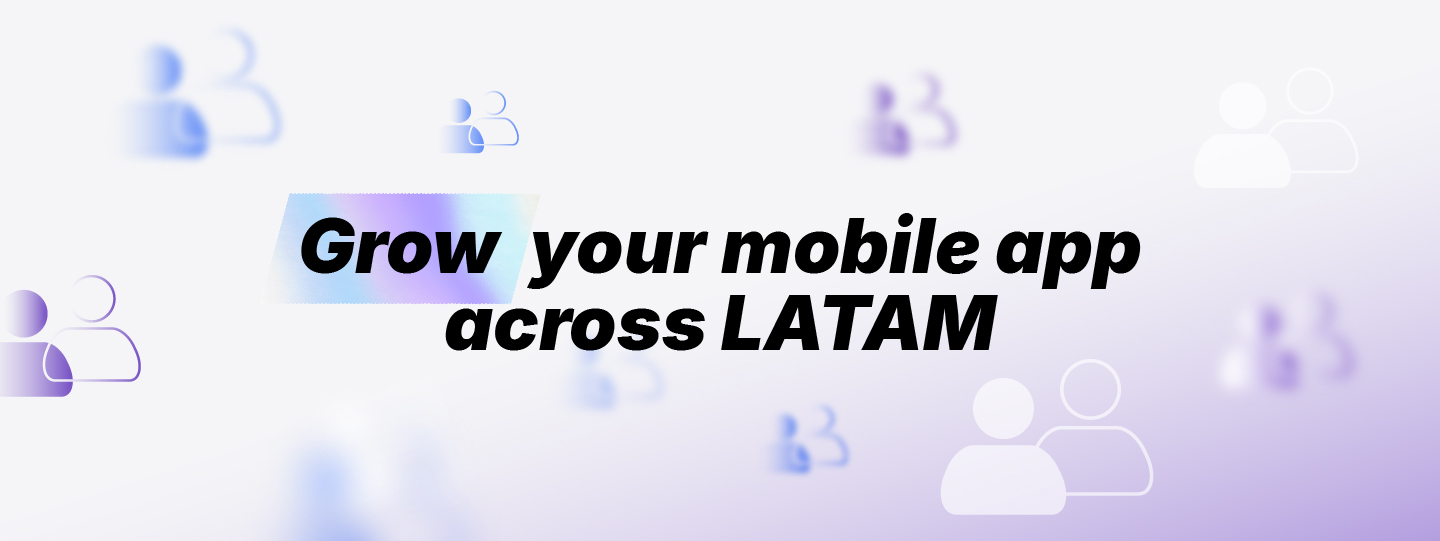
While user acquisition and retargeting were seen as isolated, continuous steps in the same process, more and more advertisers are realizing the value of combining the two strategies. Marketers are spending more on retargeting than in years past. With app retargeting accounting for a quarter of conversions, it looks like we're on our way to implementing retargeting strategies early in the user lifecycle.
In times of crisis and market uncertainty, retargeting can help establish brand recall, a point at which customers are familiar with the app and more likely to engage with it in the future.
This is an important time to ensure your budget is used wisely to address the full funnel by layering retargeting on mobile campaigns. Apps cannot simply rely on user acquisition to drive loyalty. Most people who visit an app or website won't necessarily sign up and make purchases without additional touchpoints. Having an excellent retargeting strategy is critical to maximizing the value of existing users.
Retargeting provides an opportunity to reactivate existing customers, bringing them back to the app to increase usage and maximize campaign ROI.
According to a study carried out by Appsflyer, on the Incrementality and retargeting of apps, fulfilling certain conditions, the re-engagement activity can reactivate at least 13% of inactive users. Among the most notable conclusions of this study, we can mark how important it is to take into account that the duration of inactivity could be a significant differentiator of the audience. That means each group should be treated as a separate segment that has different needs, demands, content, CTAs, in-app experience after reactivation, etc.
Retargeting also proved helpful in increasing the number of loyal users and reducing churn. The percentage of users who remained loyal was 20% higher among those exposed to a retargeting campaign.
It is recommended that when retargeting active users, campaigns deliver real value, otherwise you risk upsetting this key user base that is already engaged with your app. We must also remember to keep in mind that all elements of the user experience, from frequency to creative and messaging, through to the in-app experience, are integrated and interconnected.
There is a misconception that app retargeting is a tactic that only serves to win back inactive users. The truth is, when done right, it can increase app usage throughout the user cycle, move users down the conversion funnel, and help brands convert users into repeat customers.
Whether brands are targeting highly competitive markets, such as Latin America or Asia Pacific, or trying to expand their presence in more mature markets, one thing we must be clear about: strong branding efforts do not equate to success. This is especially true in verticals like taxi or food delivery, where users often switch between competitors to find the best deal. In these cases, app retargeting plays a key role in helping brands maintain the desired state.
User acquisition finds new users, while app retargeting targets users who have already interacted with the app. Marketers can use data from past in-app activity to predict which users are most likely to convert after seeing an ad. With user-based retargeting, this data can be used to adjust advertising and bidding strategies for each user to increase revenue.
Retaining users is essential during an economic crisis. We must not forget that to attract a user to our app we have invested money; when a user uninstalls our app we waste budget.
Many mobile businesses experience a significant drop in retention within the first 7 days of a user installing their app, with some categories in the mobile gaming industry losing nearly half their audience within the fourth day. Reminding users why they downloaded the app from the beginning of their journey helps retain their interest and move them down the funnel to become a paying customers.
Retargeting customers is often a fraction of the cost it takes to acquire new users, so when marketing budgets are stretched, an early app engagement strategy can deliver a more substantial return on investment than an early approach—powered by AU.
Dedicating the budget to the highest paying and most engaged customers will pay off in the long run, as these audiences provide a steady and reliable source of revenue. Today, people are looking for brands that prioritize valuable customer relationships. 57% of consumers will increase spend with brands that are willing to work and build a connection.
For example, loyalty programs ensure that customers are more engaged, give people a reason to return to the app, and help establish a value exchange with users. Retargeting in an app can be used to promote early access to discount offers or new products, and personalize this advertising experience with product recommendations.
The most obvious use case for retargeting is the impact of ecommerce strategies. These apps often have detailed product feeds and can easily use features like dynamic product ads to drive purchases based on a user's wish list and previous searches.
As a bonus, apps can activate these carts on big shopping days like Mother's Day and Christmas.
This vertical is another example in which developing user habits is an advantage. Engagement can be increased by considering hyperlocal events, dates, or even times of day when demand for taxi services increases. Providing users with a safe ride to an event or reaching them during rush hour on a rainy day can make a big difference in user engagement.
Fintech apps are constantly evolving to include new features, app retargeting is a great way to invite users to try and get familiar with each of these features. Creating ad groups that cover a wide range of services and app updates is a great way to keep users coming back.
At Rocket Lab we work with technology focused on maximizing retargeting results.
Our software allows you to create granular re-engage cohorts based on funnel position, recent visits, schedule, and frequency.
Data quality is guaranteed with the control distribution with a 10% control group and a 90% test group exposed to retargeting. This allows us to measure the increase generated by key metrics between the control and test group to demonstrate effectiveness or retargeting.
.png)
Published Dec, 23, 2025
